Movie Review – Vampire Bat, The
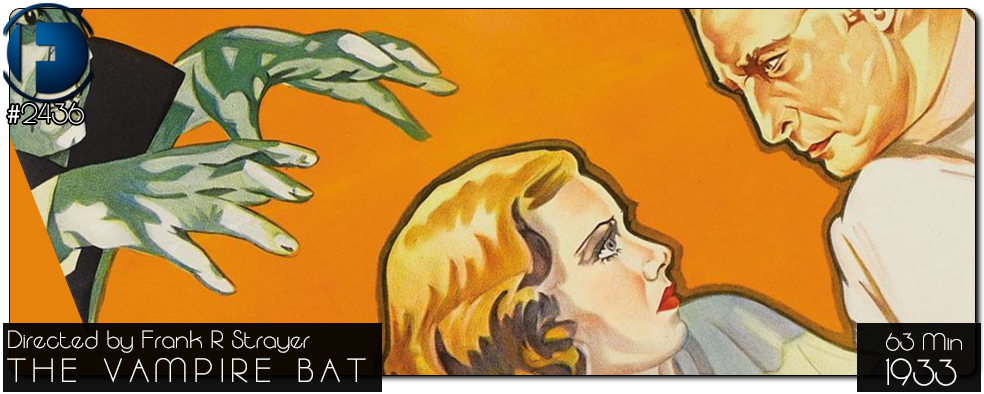
Principal Cast : Lionel Atwill, Fay Wray, Melvyn Douglas, Maude Eburne, George E Stone, Dwight Frye, Robert Frazer, Rita Carlisle, Lionel Belmore, William V Mong, Stella Adams, Paul Weigel, Harrison Greene, William Humphrey, Carl Stockdale, Paul Panzer.
Synopsis: When corpses drained of blood begin to show up in a European village, vampirism is suspected to be responsible.
********
Made quickly and cheaply to capitalise on the popular pairing of Fay Wray and Lionel Atwill in Doctor X (1932), Majestic Pictures’ The Vampire Bat is a schlocky, unsubtle collision of what we now recognise as classic horror film tropes. Borrowing elements from Frankenstein (notably reusing the exterior set from James Whale’s iconic adaptation of Shelley’s novel to cut costs), Dracula, and The Wolf Man, the film blends these influences to often great effect. That’s not to say The Vampire Bat is a classic horror film by any stretch, but as an example of Poverty Row filmmaking elevated by solid writing, it stands as an underrated entry in the genre canon.
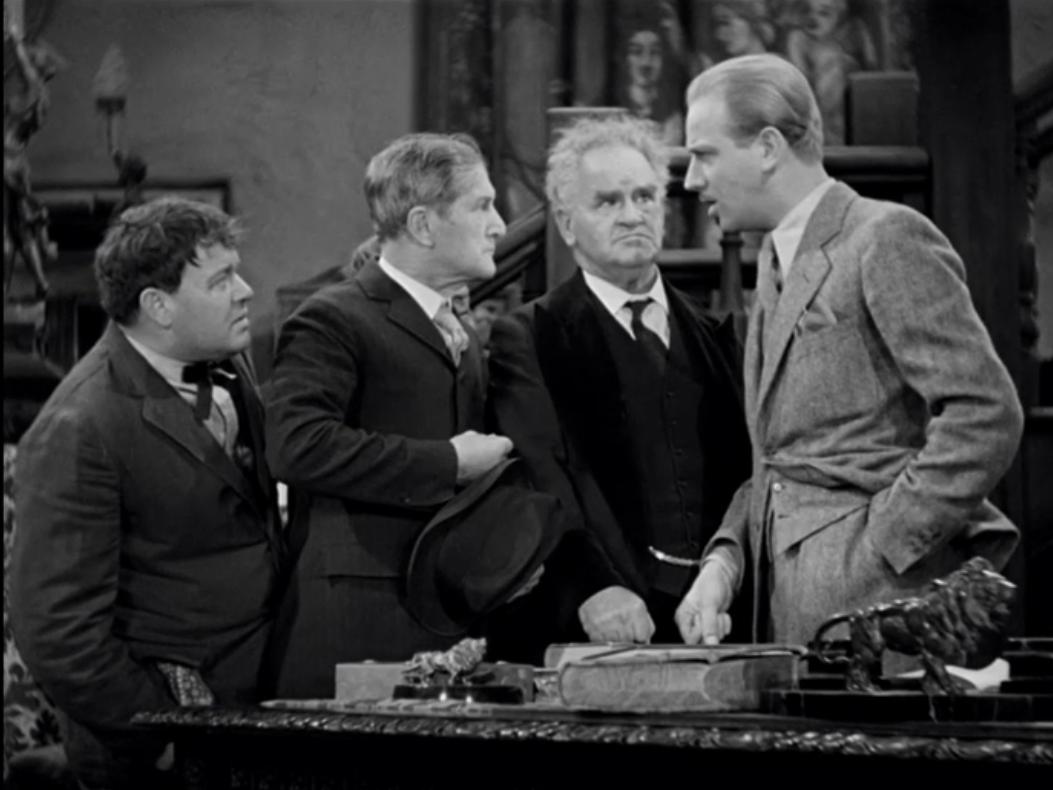
Plot synopsis courtesy of Wikipedia: In the quiet German town of Kleinschloss, the villagers are gripped by fear as a series of mysterious deaths leaves victims drained of blood. While superstitious townsfolk whisper about vampires, suspicion falls on the eccentric Herman Gleib (Dwight Frye), a simple-minded outcast with an unsettling fascination for bats. Police inspector Karl Brettschneider (Melvyn Douglas) is sceptical of the supernatural explanation, but as panic spreads, he turns to Dr Otto von Niemann (Lionel Atwill) for help. Meanwhile, von Niemann’s assistant, Ruth Bertin (Fay Wray), becomes increasingly troubled by her mentor’s strange behaviour, especially as those close to her begin to fall victim to the unknown menace. As Brettschneider and Ruth dig deeper, they uncover a horrifying truth—one that ties the killings to a sinister force far more terrifying than mere superstition.
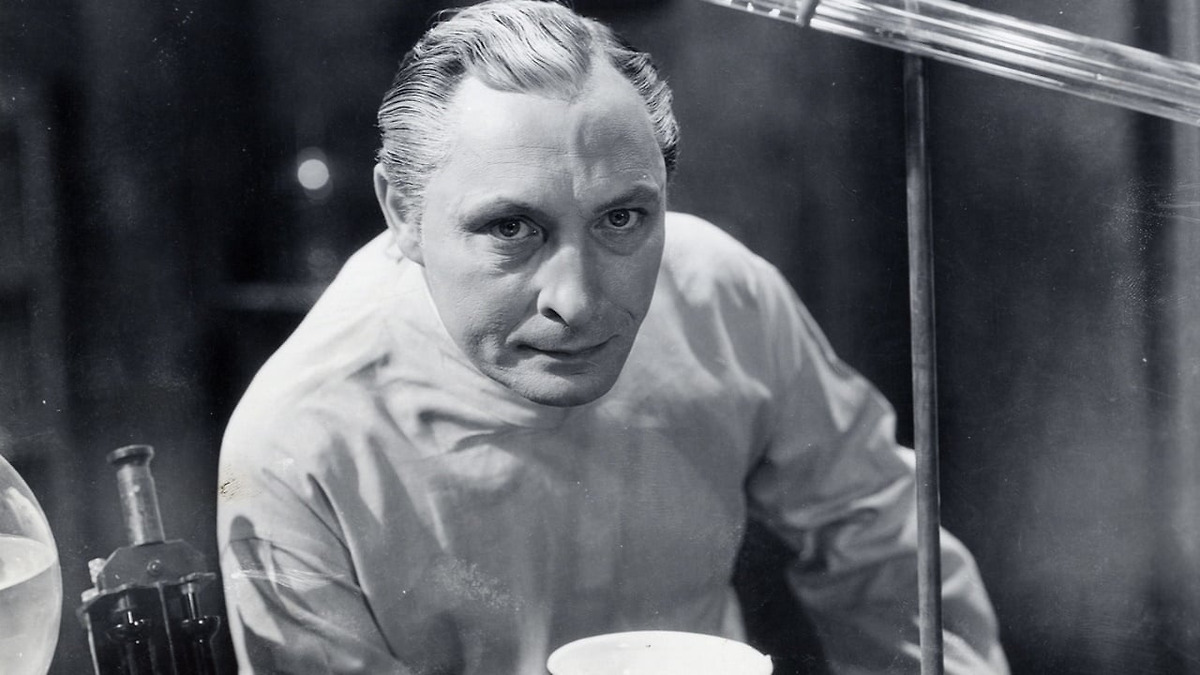
The Vampire Bat cribs from a host of well-known horror tropes, and while a lack of originality might work against most films, for Frank Strayer’s low-budget thriller, it actually ensures accessibility for the audience (although not entirely, as we’ll discuss in a moment). The film features a dim-witted villager whom everyone suspects of the crimes simply because he’s an outsider, a flickering basement laboratory where sinister experiments take place, an uptight local law enforcement officer, the knowledgeable doctor, the utterly unnecessary blonde love interest, and a goggle-eyed mayor who incites the town into a frenzied lynch mob at the first opportunity. Shadowy nocturnal killings and an omnipresent sense of doom permeate the film’s visual aesthetic, with a particularly striking sequence in which the flames of the angry mob’s torches appear in vivid colour—just the flames—creating an eerie and unexpected effect.
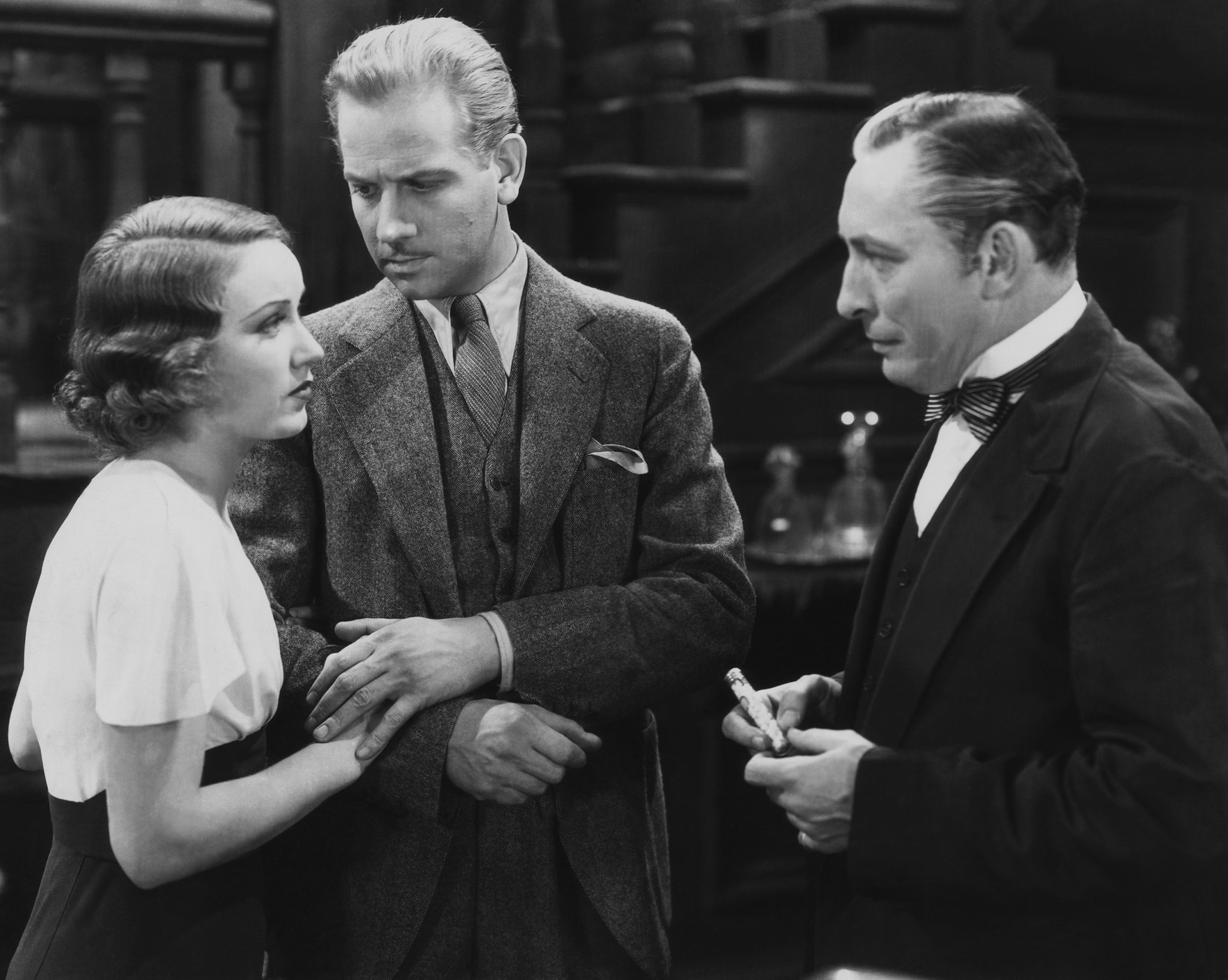
While The Vampire Bat isn’t a standout example of the genre, it remains an enjoyable watch, despite some muddled visual storytelling that left me checking online to confirm exactly what was happening. This issue is particularly evident in the film’s central plot twist, which I won’t fully spoil here. Suffice it to say that one of the characters is unknowingly being hypnotised, and the way Strayer conveys this supernatural influence isn’t quite sufficient to make the audience immediately grasp what’s going on. That said, the rest of the film is joyfully absurd, from the expository-heavy opening through to the tragic fate of Herman Gleib and the shocking revelation of the true culprit behind the town’s abnormally high death rate. The ultimate reveal of the villain’s motivations is jaw-dropping—not necessarily in a good way—but I did laugh out loud when I realised what was going on.
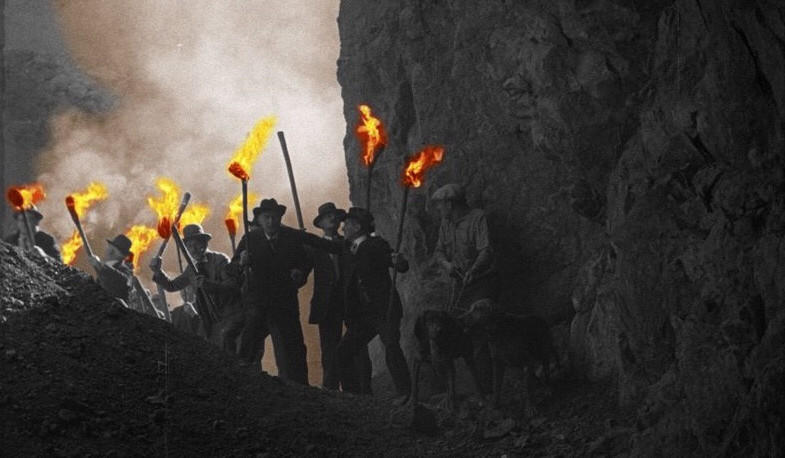
Strayer’s direction of Edward T. Lowe Jr.’s generic screenplay is surprisingly energetic, with his camera sweeping through the town like a bat itself. However, an excessive use of Star Wars-style wipes between scenes gives the impression of a filmmaker excited to showcase a new editing trick at every opportunity. The film’s black-and-white cinematography and dynamic camerawork add a genuine sense of menace, with an atmospheric stillness that suggests evil lurking just beyond the frame. Ira Morgan’s cinematography is evocative despite looking dated by modern standards, capturing the eerie essence of 1930s horror. Against the constraints of Majestic Pictures’ budget, the actors all deliver solid performances, even in minor roles where melodramatic overacting might typically dominate. The film’s formulaic narrative and oddly placed humour provide an amusing contrast to the more sinister elements of the story, with Maude Eburne’s hypochondriac matriarch serving up a fair share of comic relief. Meanwhile, Lionel Atwill and Melvyn Douglas deliver straightforward yet effective performances, while Fay Wray’s Ruth Bertin—whose presence is almost entirely unnecessary—contributes little beyond looking concerned. Dwight Frye, as the bat-loving Herman Gleib, leans into his signature brand of wide-eyed madness, adding gravitas where none is really required. For that, Strayer deserves credit for crafting a film that punches above its weight.
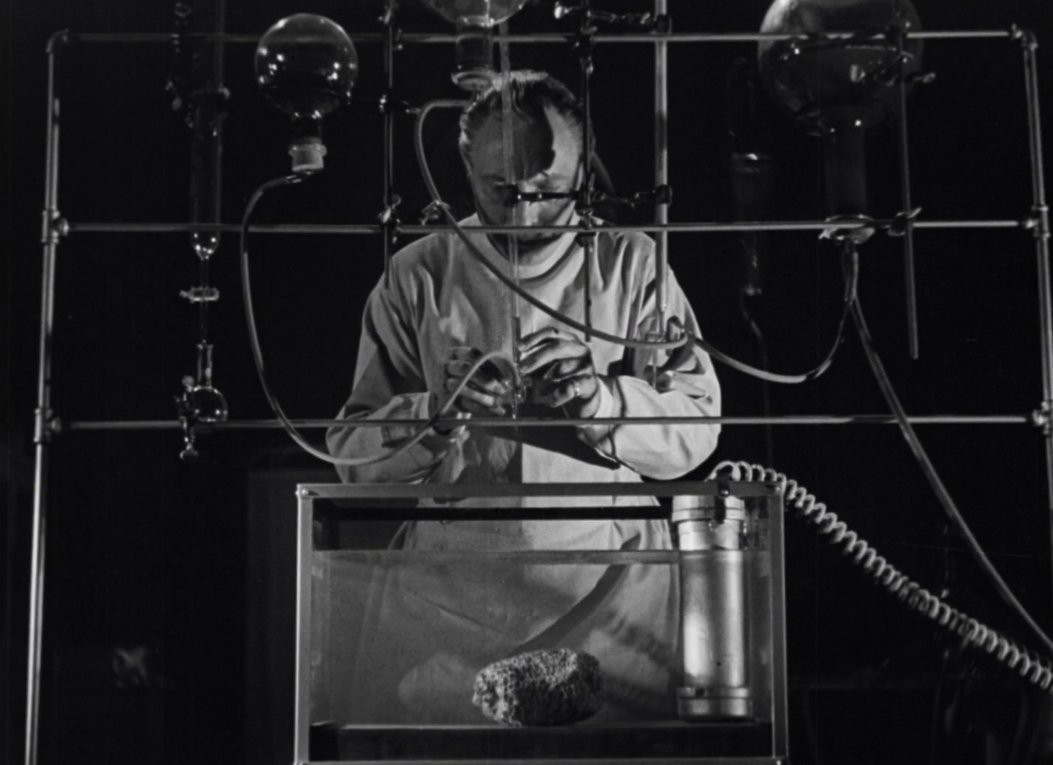
The Vampire Bat is an absolute delight; it may not win points for originality, but it compensates with stylish direction, committed performances, and an outlandish subversion of the horror genre’s then-nascent archetypes. I have to assume that 1933 audiences weren’t as attuned to horror conventions as we are today, and I imagine this film made quite the impact in the dimly lit cinemas of its time. Trading on visual dynamism, implied violence and depravity, and some delightful early camera tricks, The Vampire Bat is well worth a watch for genre fans and could serve as a surprising entry point into early 20th-century horror cinema. Better than I expected, that’s for sure.
